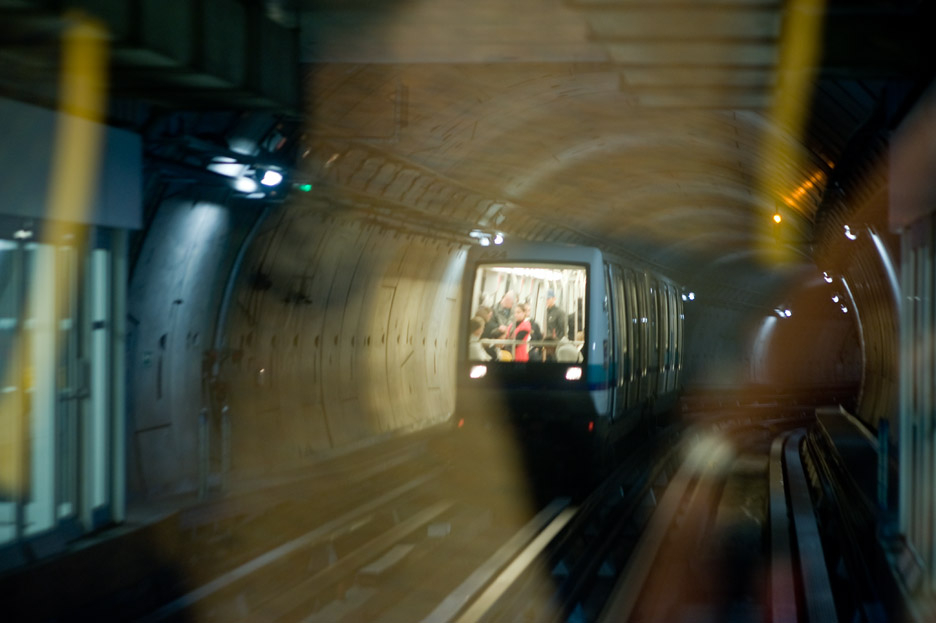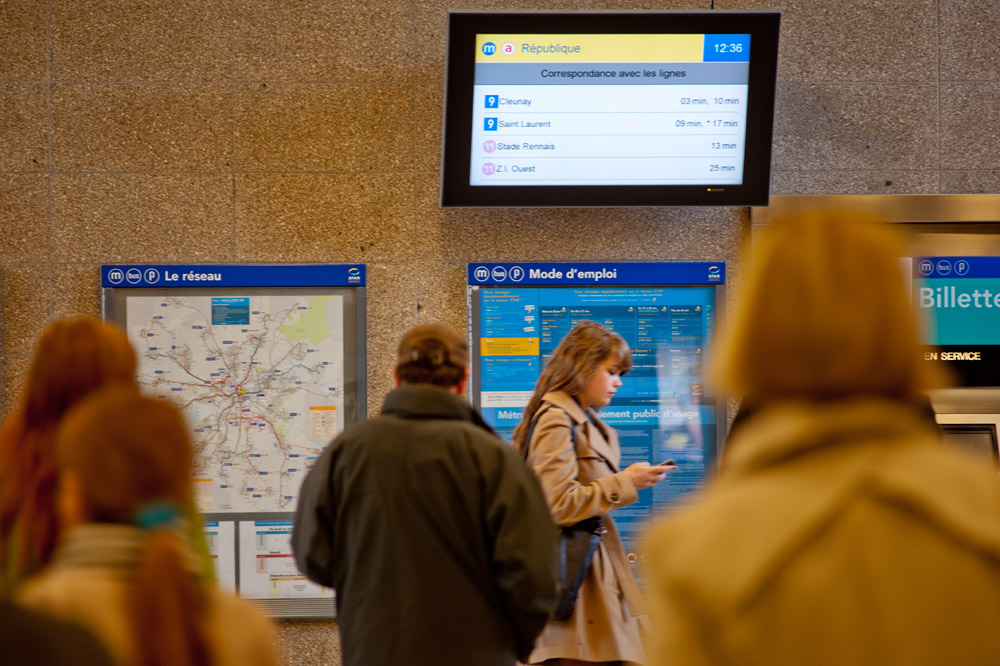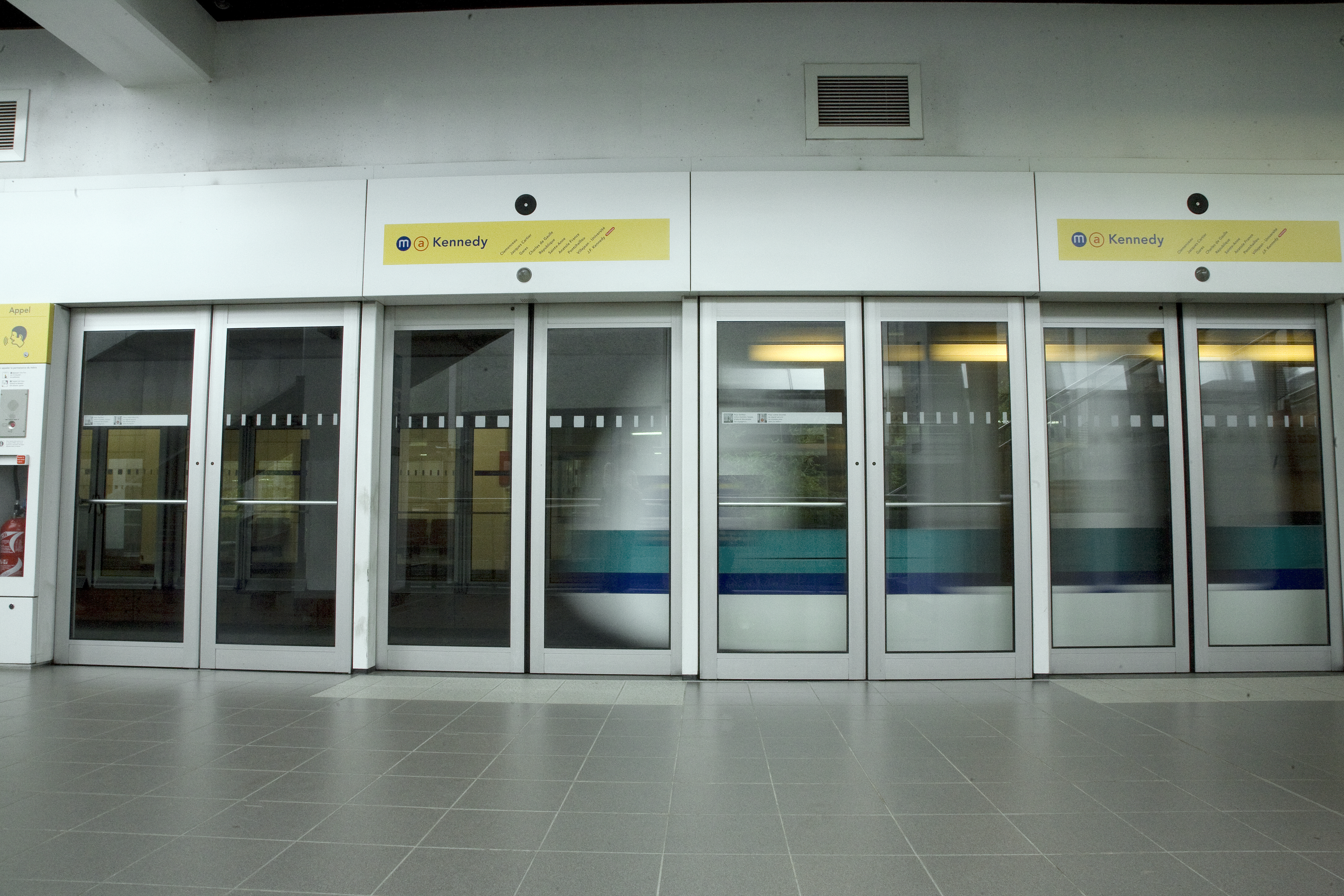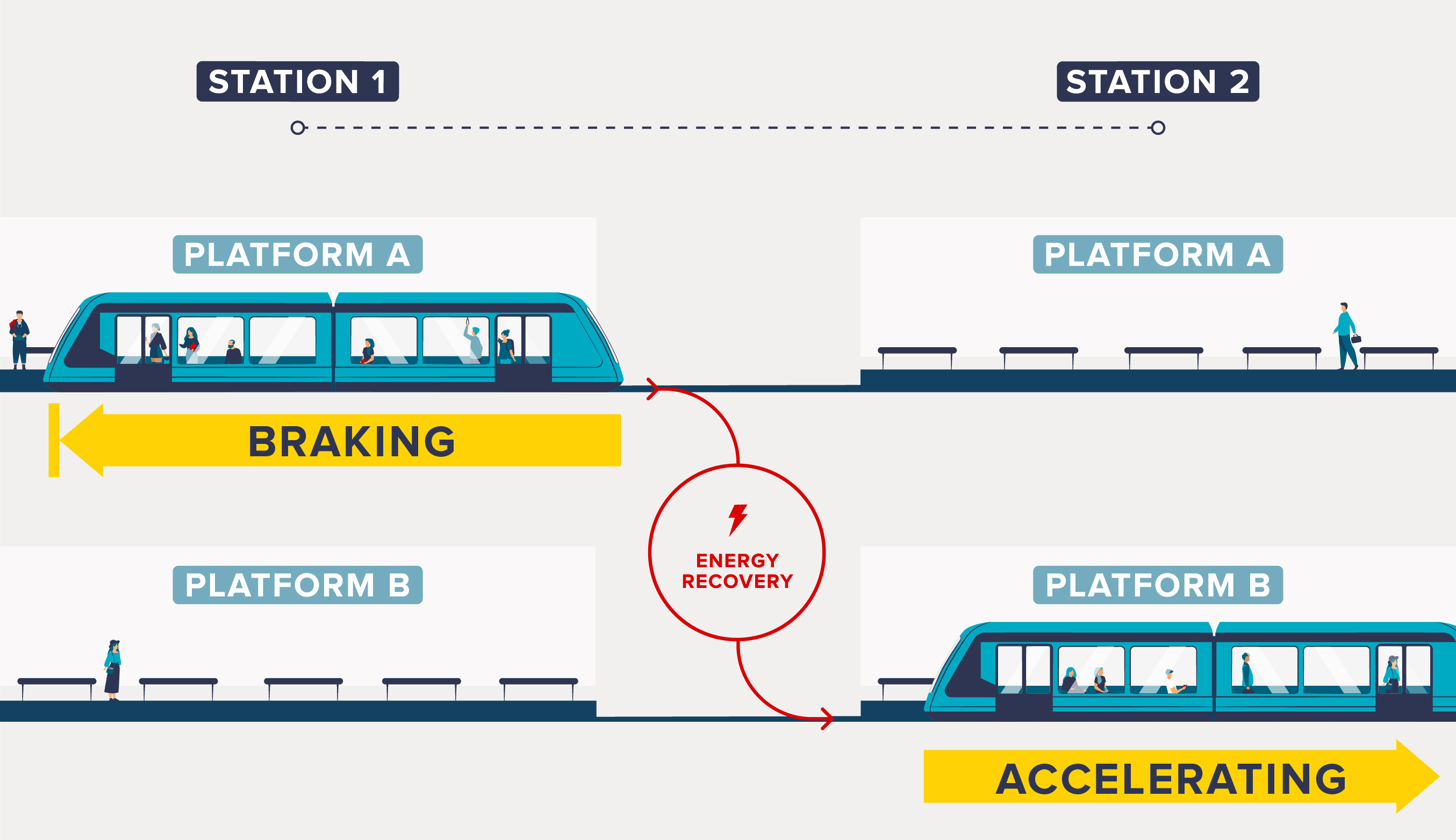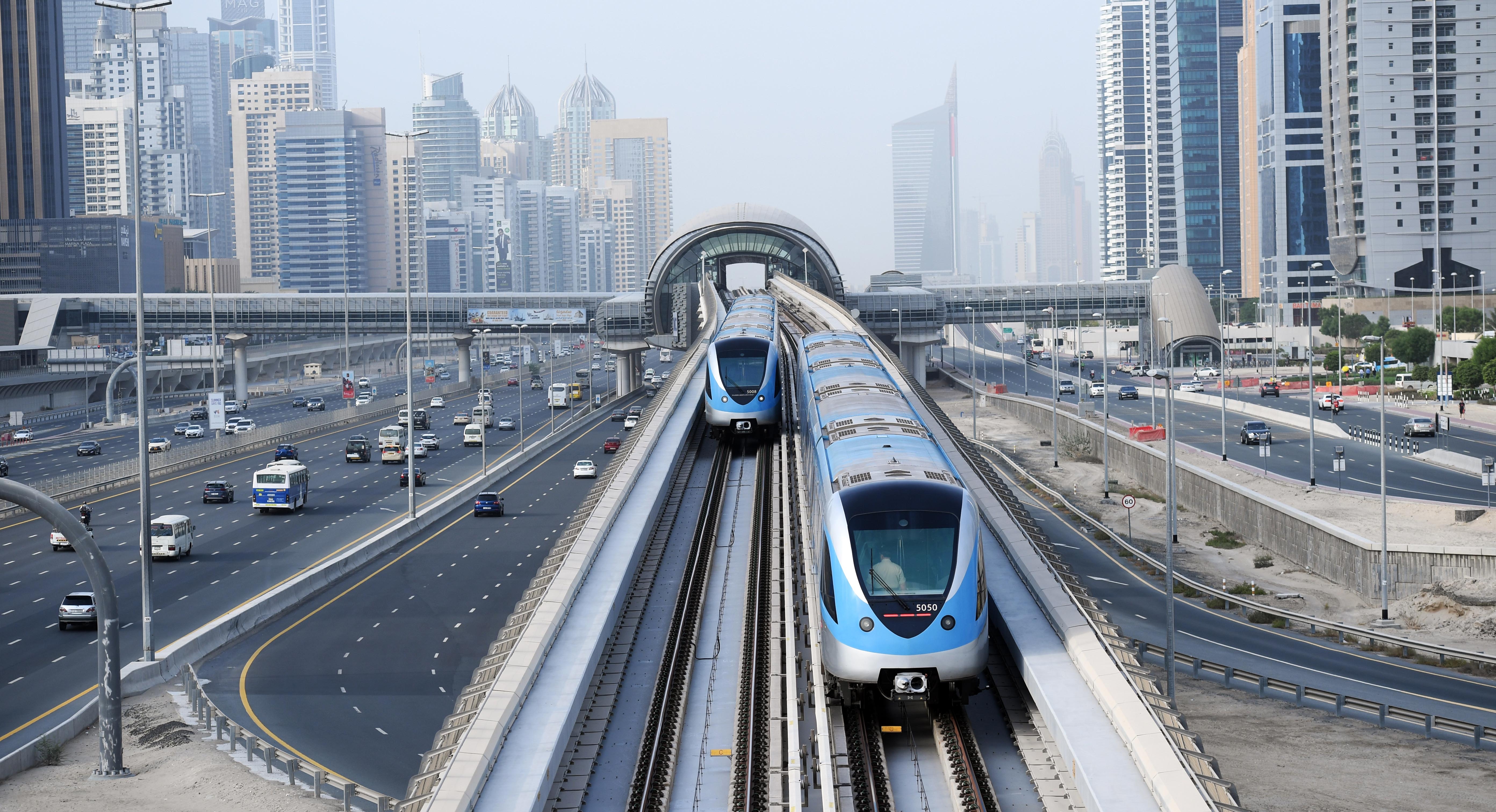Context: the need to reduce the energy consumption of public transit
Public transit systems require massive amounts of energy for many functions: traction/propulsion, lighting, air conditioning in metro cars, heating metro lines in winter and more. Controlling this energy use is a major challenge for these systems. Faced with rising energy costs and the demands of the energy transition, Keolis is innovating to efficiently reduce its energy needs, notably by using energy scheduling. This innovative solution makes it possible to recycle a large portion of the energy generated by vehicle braking.
